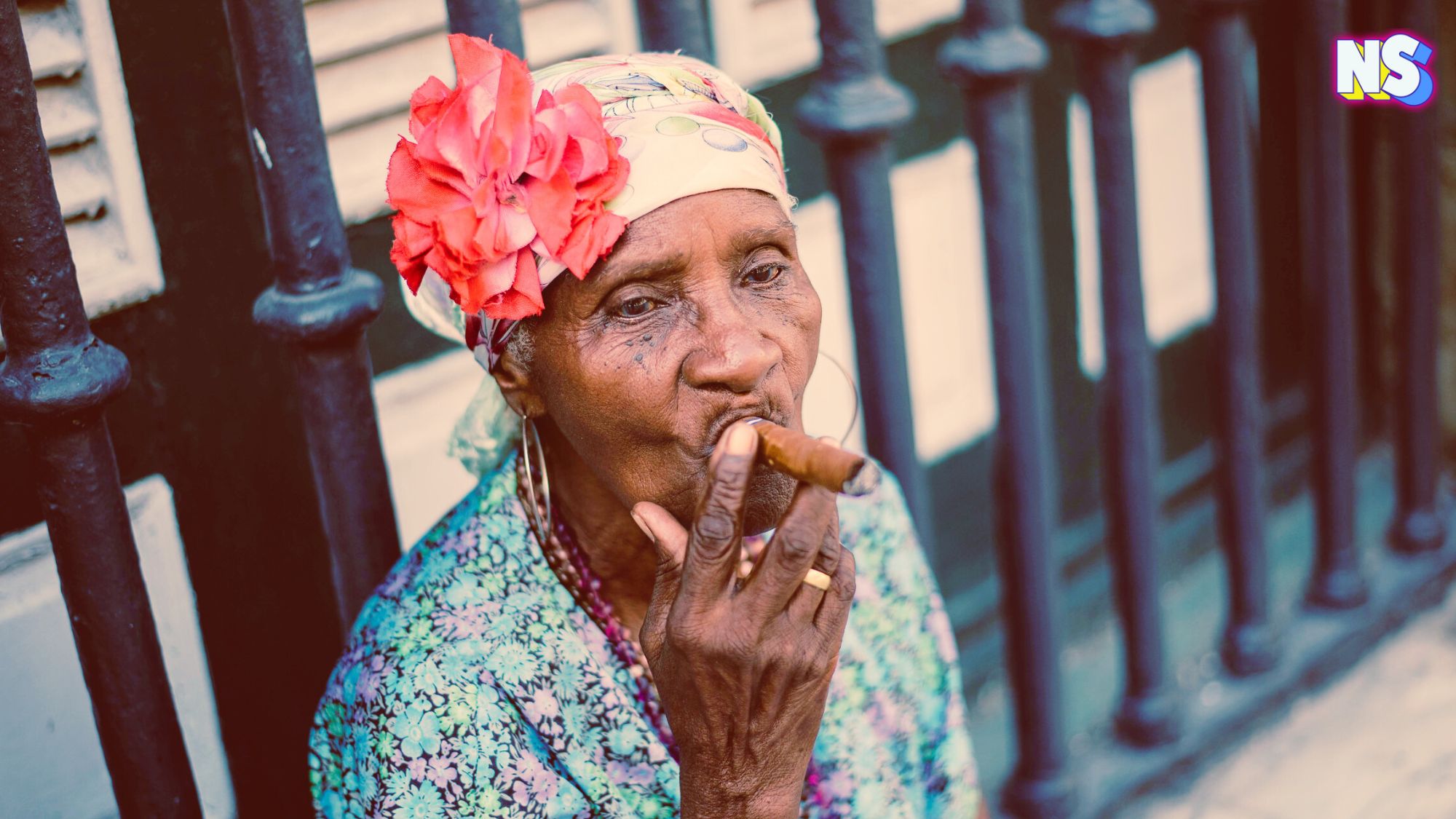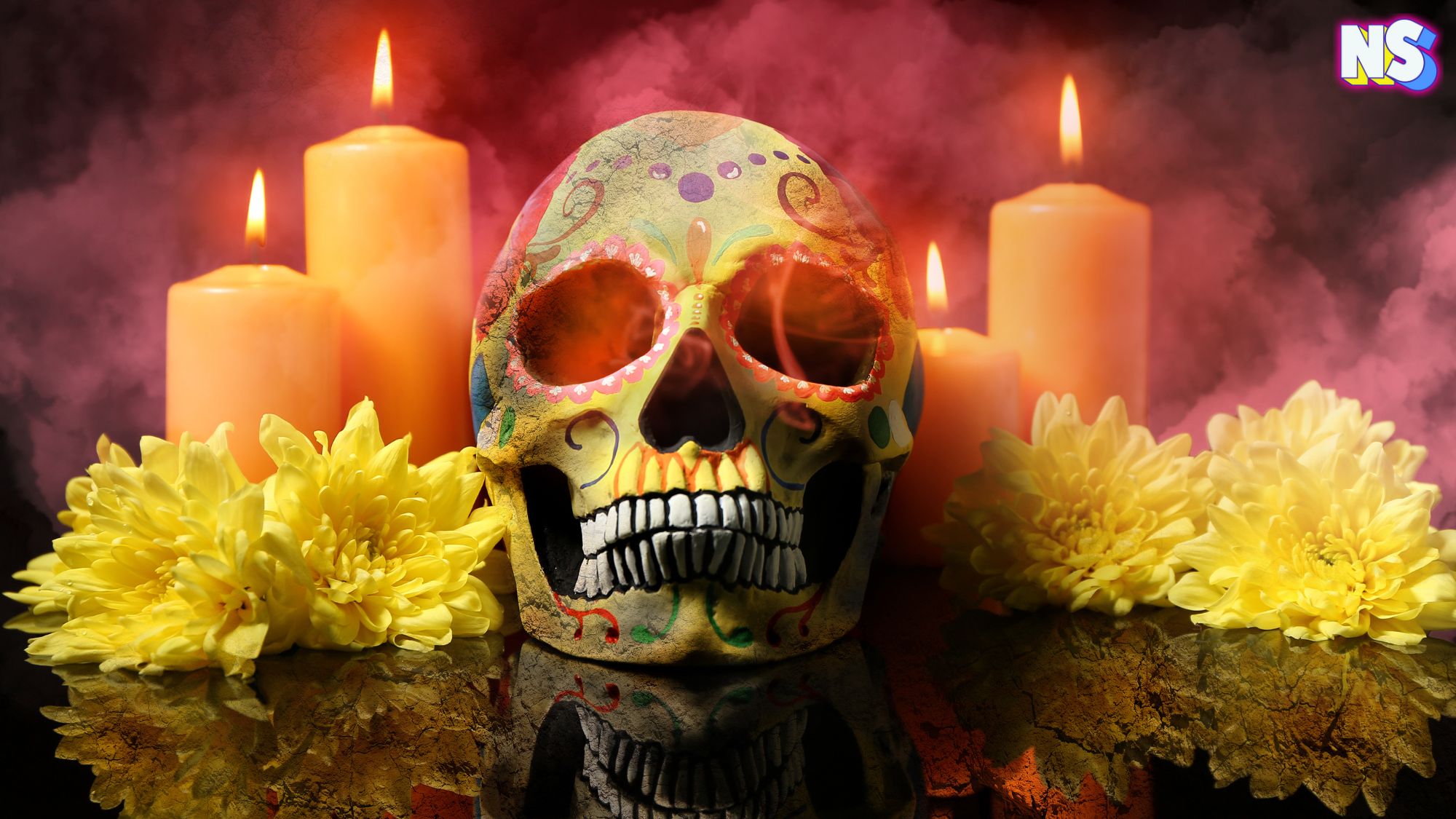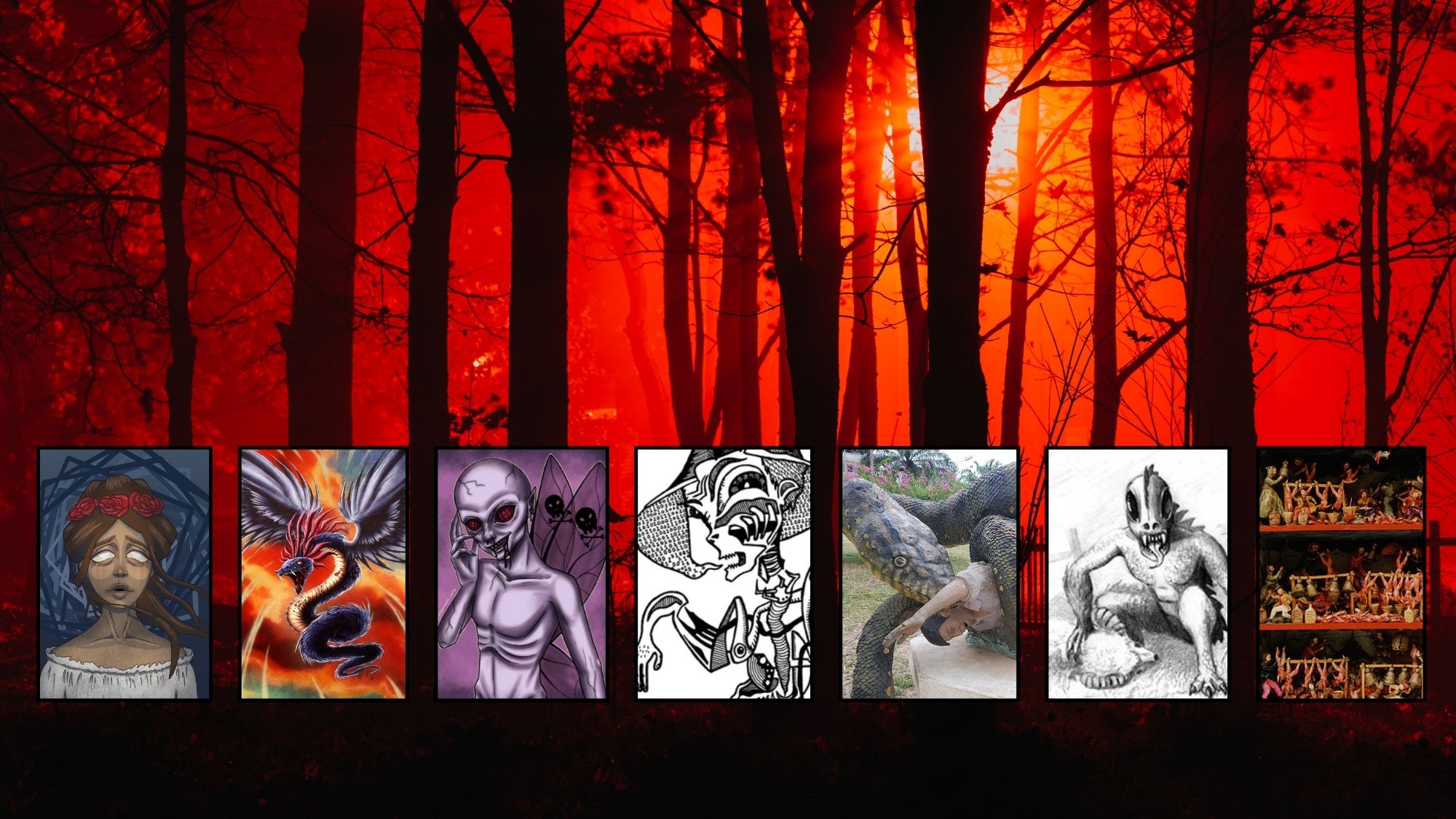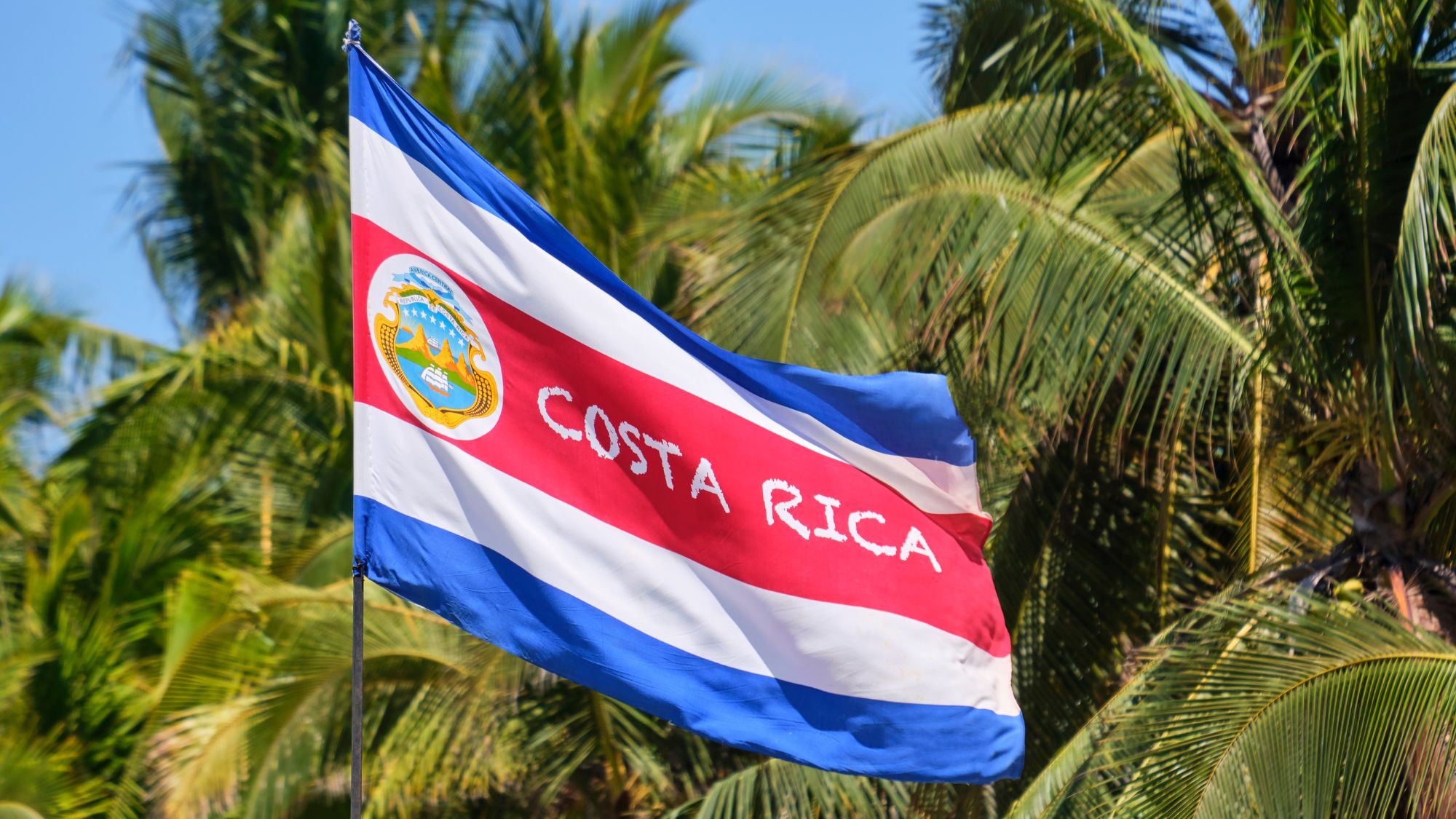It’s a familiar sight in Miami. Cigar aficionados from around the globe stroll around Miami’s historic Little Havana neighborhood looking for the perfect Cuban cigar. They examine the smell, look, feel, and taste of each cigar. And they ask questions. Lots of questions.
It’s a process much like that of a wine connoisseur searching for the perfect bottle of wine in California’s Napa Valley. Only the experts know how to spot the quality mere hobbyists can’t recognize.
And, while with wine, finding the best bottle is usually an obtainable feat, the same can’t be said for cigars. Ask anyone on Calle Ocho, or anywhere in the word for that matter, and they’ll tell you the best cigars are Cuban. But finding an authentic Cuban cigar on Calle Ocho is nearly impossible. They’ve been illegal in the United States since 1962. Why, you ask? Turns out that some of the most famous cigar smokers in history are to blame, including an American President.
Origin Story of the Cuban Cigar
Cuban cigars have a rich history dating back centuries. The indigenous people of Cuba, the Taíno, were the first to cultivate tobacco. When Christopher Columbus arrived in Cuba during his second voyage in 1492, he encountered the Taíno people smoking rolled tobacco leaves. 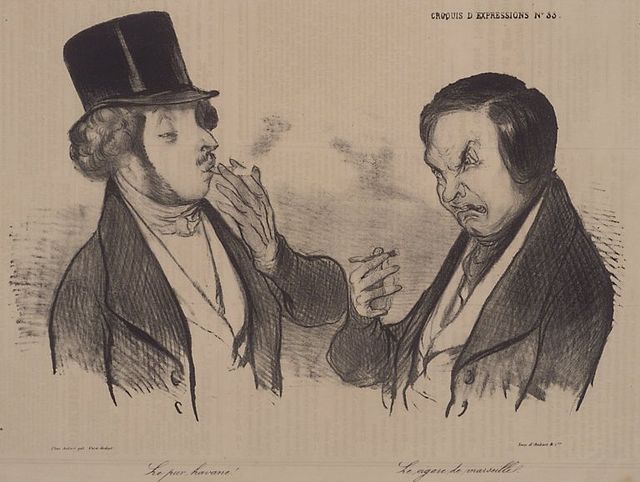
The Spanish conquistadors soon adopted this practice and introduced tobacco to Europe. The first cigar factory was built in Cuba, and by the 16th century, tobacco cultivation had become a significant industry in Cuba.
“Cuba’s reputation for high-quality tobacco was further enhanced in the 19th century when the Cuban cigars industry began to export its products to Europe and the United States,” Metro Cigar writes. “The industry grew rapidly, and by the end of the 19th century, Cuba was the world’s leading producer of premium cigars.”
How Cuban Cigar Are Made
The art of crafting Cuban cigars involves many steps and an attention to detail.
It begins with growing high-quality tobacco leaves. Cuba’s climate and soil provide ideal conditions for tobacco cultivation. The leaves are harvested, dried, and fermented. After harvesting, the leaves are sorted by size, color, and quality. They then undergo an aging process, which can last several years. This aging imparts flavor and complexity to the tobacco.
Highly skilled torcedores (cigar rollers) hand-roll the cigars. They carefully layer the leaves to create the desired blend. The filler leaves (tripa) are surrounded by a binder leaf (capote) and wrapped in an outer leaf (capa).
“Each leaf is inspected for its type, appearance and quality,” Business Insider India explains.
The torcedor shapes the bunch of tobacco leaves into the desired cigar shape. The head (closed end) is cut and shaped. Then each cigar undergoes a rigorous quality check for type. This is when imperfections are hopefully corrected to ensure consistency.
The Cold War's Embargo
In 1962, the U.S. imposed an embargo on Cuban goods, including cigars. This decision was part of the Cold War tensions between the U.S. and Cuba, three years after the Cuban Revolution led by Dictator Fidel Castro.
When U.S. President John F. Kennedy imposed the embargo, he enlisted his staff to go out and procure a hearty supply of all of his favorite Cuban brands for personal consumption.
Since then, Cuban cigars have been illegal in the U.S., leading to their mystique and allure. In fact, it’s said that a majority, up to 95 percent, of all Cuban cigars found in the U.S. are fakes. However, the country remains the main consumer of all Cuban cigars.
“Despite the many factors that contribute to the excellence of Cuban cigars, the trade embargo placed on Cuba by the United States has made it difficult for cigar lovers in America to access authentic Cuban goods,” Metro Cigar explains. “This has led to the rise of cigar-making industries in other countries, such as Honduras and Nicaragua, which have sought to emulate the high standards of Cuban cigar-making.”
Introducing New World Cigars
While Cuban cigars hold a special place in the hearts of aficionados, they remain elusive. Therefore “New World” cigars from countries like the Dominican Republic, Nicaragua, and Honduras have gained prominence. These cigars offer diverse flavors and craftsmanship, challenging Cuba’s monopoly.
Today, Calle Ocho (8th Street) in Miami’s Little Havana neighborhood is a hub for U.S. cigar culture. Numerous family-owned cigar shops and factories line the street. Artisans continue the tradition of hand-rolling cigars, infusing them with the spirit of Cuba. Visitors can explore these establishments, enjoy live music, and savor a fine cigar. It's the closest anyone will get to an authetic Cuban cigar experience, in the only country that forbids their sales.
The 10 Best Cuban Cigars
Here are ten of the most sought-after and prestigious Cuban cigar brands, according to Cigar Aficionado:
- Cohiba: Cohiba is perhaps the most iconic Cuban cigar brand. Known for its luxurious and complex blends, Cohiba cigars are a favorite among connoisseurs. The Cohiba Behike series, in particular, is highly regarded.
- Montecristo: Montecristo cigars offer a harmonious balance of flavors. Their medium to full-bodied profiles feature notes of wood, spice, and cocoa. The Montecristo No. 2 is a classic choice.
- Partagás: Partagás cigars are robust and flavorful. They often have earthy, peppery, and leathery notes. The Partagás Serie D No. 4 is a beloved vitola.
- H. Upmann: H. Upmann cigars are known for their elegance and smoothness. The H. Upmann Magnum 54, released in 2016, is a standout choice.
- La Gloria Cubana: La Gloria Cubana offers a diverse range of cigars. Their Serie D No. 5 is a popular choice, featuring rich flavors and a medium to full body.
- Hoyo de Monterrey: Hoyo de Monterrey cigars are characterized by their creamy and refined profiles. The Hoyo de Monterrey Épicure No. 2 is a classic vitola.
- Romeo y Julieta: Romeo y Julieta cigars are well-balanced and approachable. The Romeo y Julieta Wide Churchill is a favorite among enthusiasts.
- Bolívar: Bolívar cigars are bold and intense, with strong flavors. The Bolívar Royal Corona is a standout vitola.
- Trinidad: Trinidad cigars are known for their exclusivity. The Trinidad Fundadores is a sought-after cigar with a rich flavor profile.
- Punch: Punch cigars offer a robust and spicy experience. The Punch Punch is a classic vitola.

